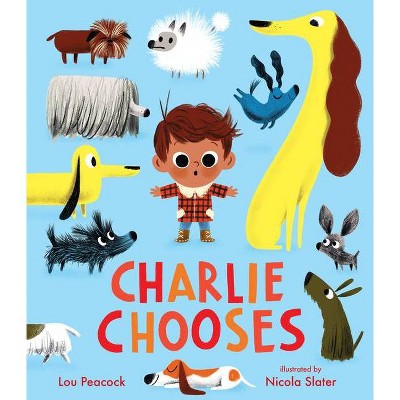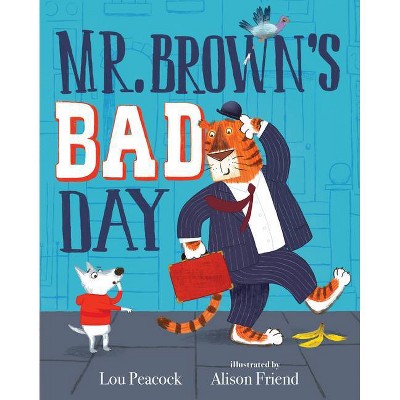Islamisation - by A C S Peacock (Hardcover)

Similar Products
Products of same category from the store
AllProduct info
<p/><br></br><p><b> About the Book </b></p></br></br><p>The spread of Islam and the process of Islamisation (meaning both conversion to Islam and the adoption of Muslim culture) is explored in the 25 chapters of this volume. </p><p/><br></br><p><b> Book Synopsis </b></p></br></br><p>The spread of Islam and the process of Islamisation (meaning both conversion to Islam and the adoption of Muslim culture) is explored in the twenty-four chapters of this volume. Taking a comparative perspective, both the historical trajectory of Islamisation and the methodological problems in its study are addressed, with coverage moving from Africa to China and from the seventh century to the start of the colonial period in 1800.</p> <p></p> <p>Key questions are addressed. What is meant by Islamisation? How far was the spread of Islam as a religion bound up with the spread of Muslim culture? To what extent are Islamisation and conversion parallel processes? How is Islamisation connected to Arabisation? What role do vernacular Muslim languages play in the promotion of Muslim culture?</p> <p></p> <p>The broad, comparative perspective allows readers to develop a thorough understanding of the process of Islamisation over eleven centuries of its history. </p><p/><br></br><p><b> From the Back Cover </b></p></br></br>Examines Islamisation as both a cultural and religious phenomenon The spread of Islam and the process of Islamisation (meaning both conversion to Islam and the adoption of Muslim culture) is explored in the twenty-four chapters of this volume. Taking a comparative perspective, both the historical trajectory of Islamisation and the methodological problems in its study are addressed, with coverage moving from Africa to China and from the seventh century to the start of the colonial period in 1800. Key questions are addressed. What is meant by Islamisation? How far was the spread of Islam as a religion bound up with the spread of Muslim culture? To what extent are Islamisation and conversion parallel processes? How is Islamisation connected to Arabisation? What role do vernacular Muslim languages play in the promotion of Muslim culture? The broad, comparative perspective allows readers to develop a thorough understanding of the process of Islamisation over eleven centuries of its history. Key Features - Divided into eight sections: Conversion and Islamisation: Theoretical Approaches; The Early Islamic and Medieval Middle East; The Muslim West; Sub-Saharan Africa; The Balkans; Central Asia; South Asia; Southeast Asia and the Far East - Ambitious in scope, it offers a broad chronological and geographical range covering every significant region of the Muslim world - Contributions illustrate the most innovative modern research from a variety of disciplines including art, archaeology, literature and history - Includes fourteen maps and seventeen figures A.C.S. Peacock is Professor of Middle Eastern and Islamic History at the University of St Andrew. He is author of The Great Seljuk Empire (Edinburgh University Press, 2015) and Early Seljuq History: A New Interpretation (2010) and co-editor (with Sara Nur Yildiz) of The Seljuks of Anatolia: Court and Society in the Medieval Middle East (2013). Cover image: individual sheet of the Qu'ran, tenth century, written in Kufic writing (c) akg-images /Bildarchiv Steffens Cover design: [EUP logo] edinburghuniversitypress.com ISBN 978-1-4744-1712-9 Barcode<p/><br></br><p><b> Review Quotes </b></p></br></br><br><p>'An important landmark in the field, and one that should become a standard point of reference for Islamic studies scholarship for many years to come.'</p>--R. Michael Feener, The Oxford Centre for Islamic Studies "Journal of Islamic Studies "<br><p/><br></br><p><b> About the Author </b></p></br></br><p>A.C.S. Peacock is Professor of Middle Eastern and Islamic History at the University of St Andrews, and holds a PhD from the University of Cambridge. His previous publications include The Great Seljuk Empire (2015) and Early Seljuq History (2010).<p>
Price History
Price Archive shows prices from various stores, lets you see history and find the cheapest. There is no actual sale on the website. For all support, inquiry and suggestion messagescommunication@pricearchive.us




















